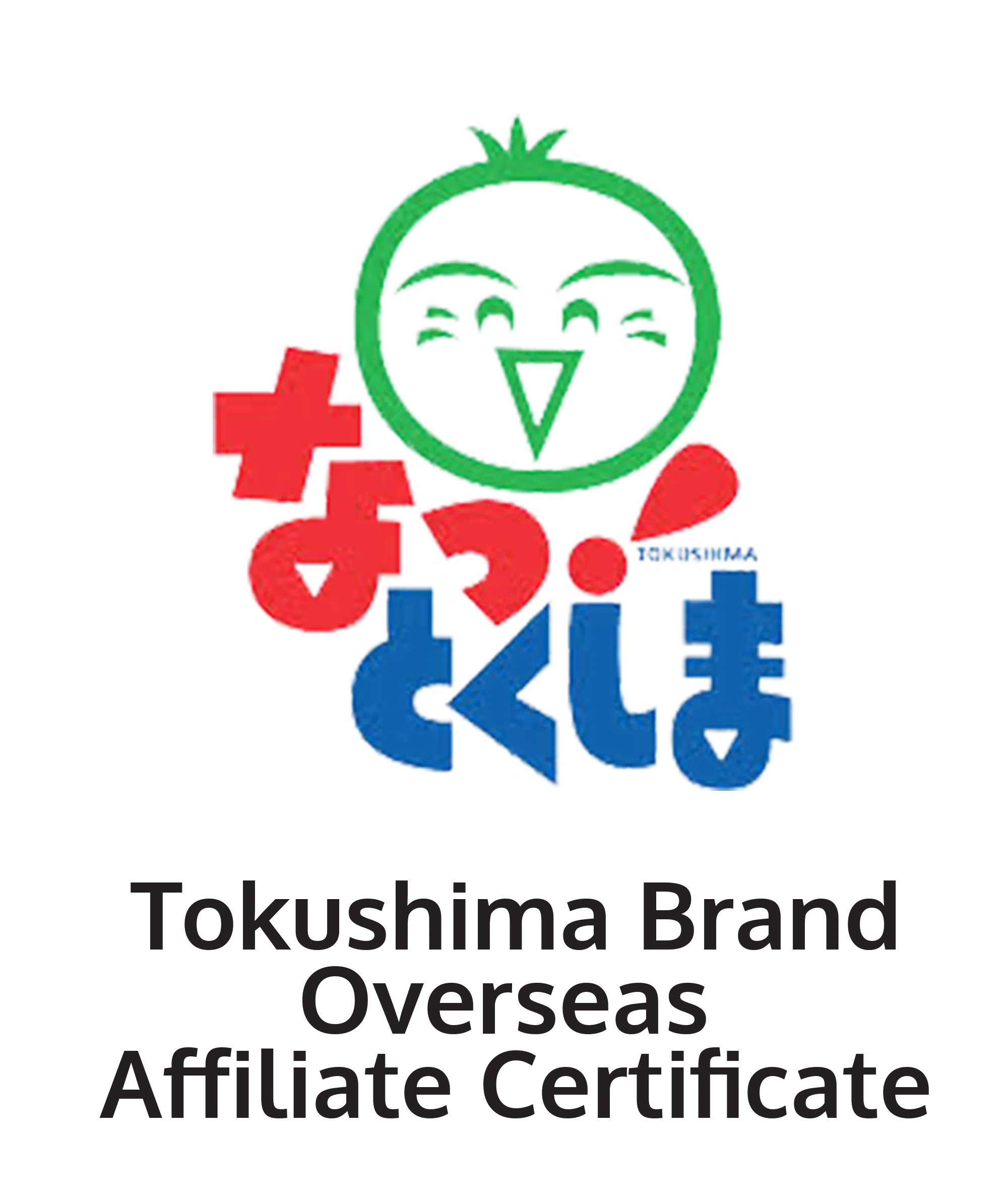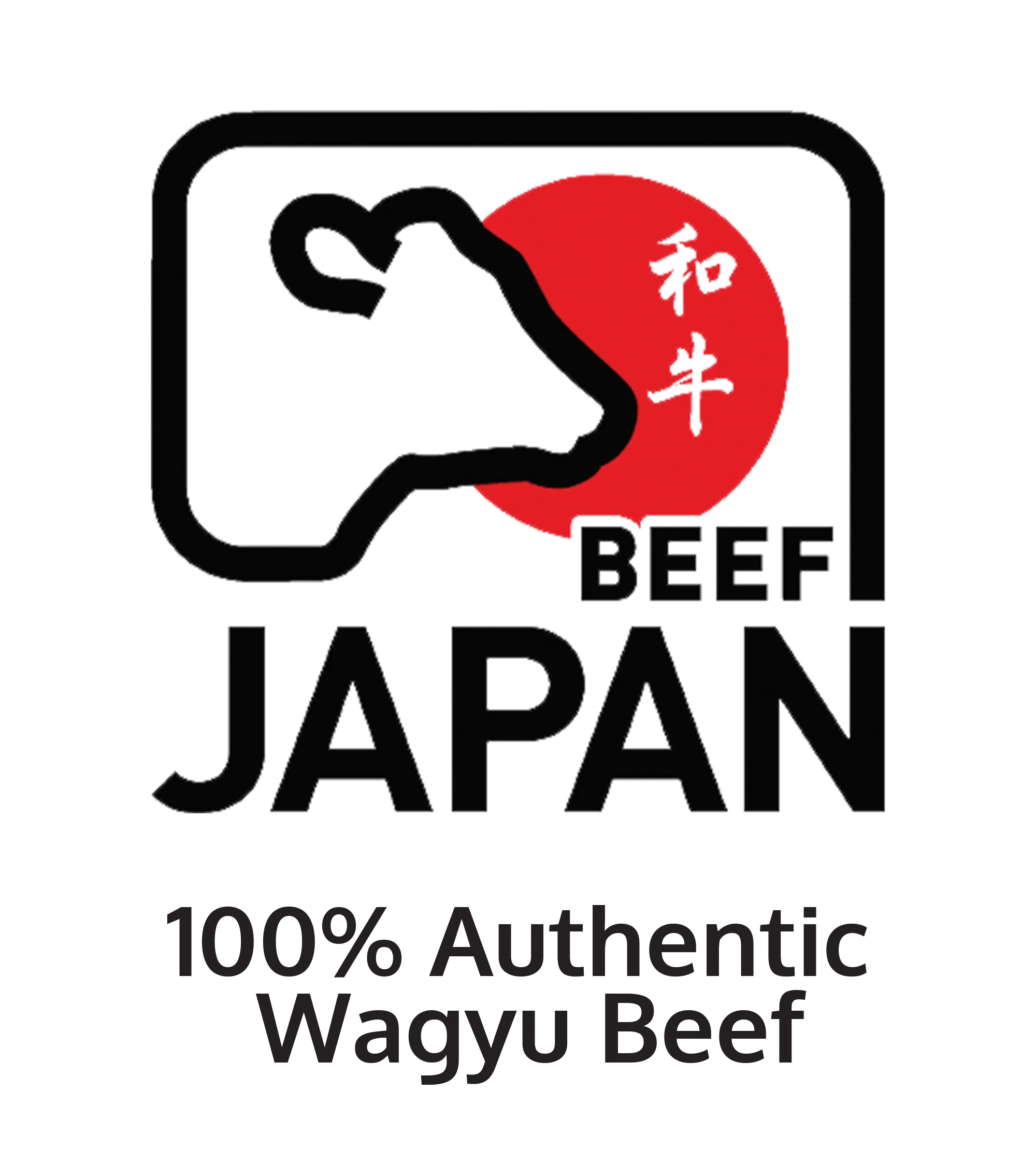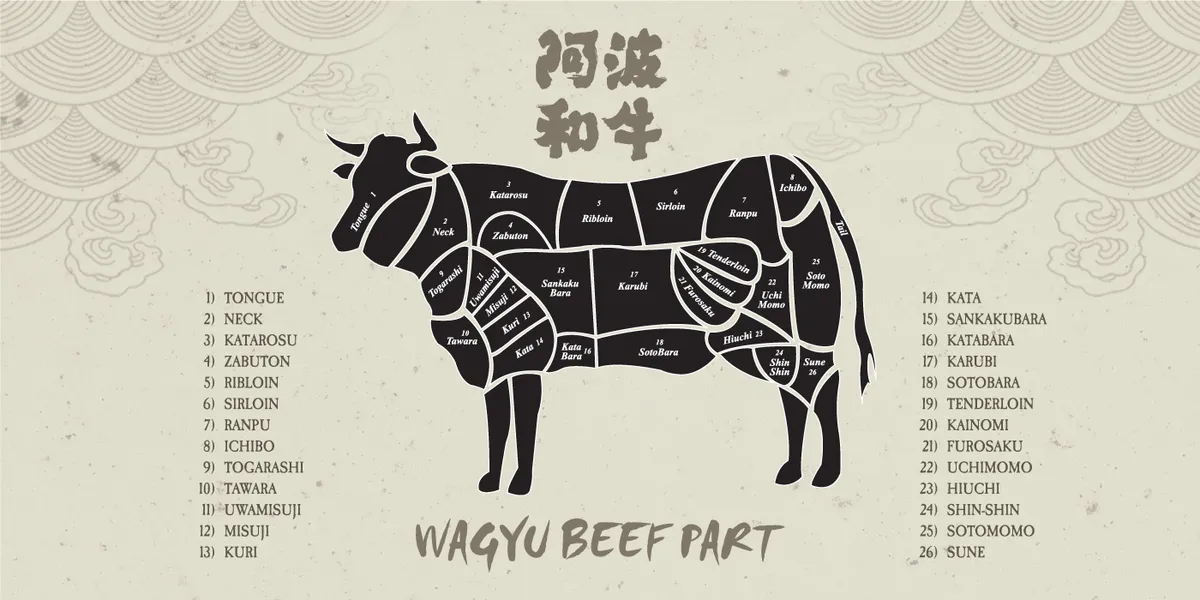
You may have heard of Wagyu everywhere, but what Wagyu actually is? What is the difference between Wagyu and other beef? American Wagyu, Australian Wagyu, Japanese Wagyu… are you confused about these terms? Today, let’s find out what exactly Wagyu is by unveiling the myths about Wagyu from its very beginning.

Introduction:
In traditional Japanese cuisine, the High Marbled beef is a precious ingredient. Although rice is still the main ingredient in most dishes, beef dishes have become increasingly popular. In recent years, due to the increasing demand for beef, compared with the UK and other European countries, using heifers and bulls instead of bulls and intensive feeding system and genetic characteristics of Japanese black cow leading to the fatty deposits increase varieties. Muscle fat improves the succulence, flavor, and tenderness of beef. As a result, marbling is a recognized meat quality indicator and has been evaluated by meat graders in slaughterhouses in several countries, including the United States, Australia, and Japan. After the 1991 Uruguay Round, imports of foodstuffs such as rice, beef and oranges surged, with significant impact on the Japanese beef market. Until then, medium marble beef was the highest grade. However, after the Uruguay Round, Japanese beef breeders and the Japanese government began to work on increasing marble beef in response to the serious threat posed by cheap, imported, lean beef. In 2018, marbling levels in Japanese Wagyu Beef(especially upper loin) increased, with muscle fat levels up to 60 percent. However, the management of Wagyu beef farms faces serious challenges due to the rising cost of feed, and the price of Wagyu cattle has risen sharply due to the age of Wagyu and the rapid decline in the number of Wagyu breeders leaving the industry.
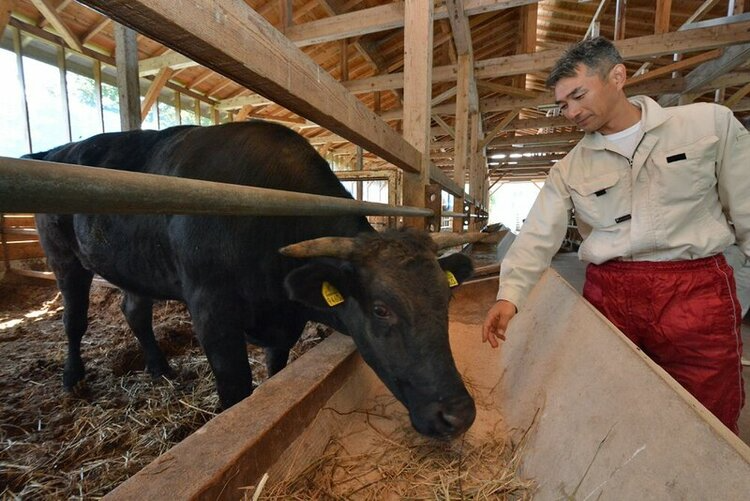
All foods (including meat) have three basic functions: 1) nutrition, 2) taste and 3) disease prevention. In Japan, the main traditional dish is rice, with beef served as a side dish. As a result, Japan has focused on improving the quality rather than the quantity of beef, unlike many foreign countries where meat is the main food. In Japanese cuisine, the prerequisite for dishes such as Sukiyaki is tender, delicious beef that is rich in muscle fat and bright red.
Now, the biological sciences are giving us new insights into healthy eating. Fat has had a bad reputation for human health in the past, even though it has been an important source of energy. However, it has been reported in recent years that fats have less adverse health effects than carbohydrates, especially simple carbohydrates. For good health, foods that contain high-quality protein instead of carbohydrates are also ideal. As a result, the Japanese beef market needs to reconsider the quality of Wagyu Beef sold in Japan.

Japanese black (purebred)
In Japan, Wagyu including four Japanese varieties: Japanese Black, Japanese Brown, Shorthorn and Polled. All of these varieties have played an important role in the history of local and mixed farming systems and have established synergies between cattle and crops, particularly in rice production.
One of Japan's earliest cattle breeds, the Mishima cattle, is thought to have been raised on the Mishima island in Yamaguchi Prefecture. The Mishima variety appears to have retained its original characteristics and is thought to have improved its meat quality when crossed with other varieties. Trijima bull weighs an average of 517±20KG at the age of 35.8±0.5 months, and usually weighs less at 26 months than a well-fed Japanese black steer.
In the early 1900s, as the Japanese lifestyle shifted to westernization, Japan began to hybridize native cattle with imported cattle, such as Braunvieh and Simmental cattle from Switzerland, Ayrshire,Devon and Shorthorn from Britain, and Holstein cattle from Germany and The Netherlands, in order to increase the size and grade of cattle. Later, with the decline of meat quality and excessive size, Japan stopped cross-breeding cattle and began to use inner breeding cattle. The Japanese black hehe cattle was established in 1944, and since then, the breed has been used to improve meat production.
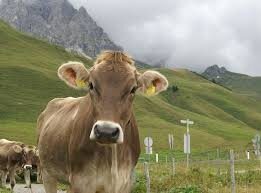
Braunvieh cattle
After World War II, farmers gradually began to reduce the use of cattle as livestock and industrial fertilizers, and in recent years, Japanese Wagyu cattle were raised exclusively for marble beef production. Famous Wagyu brand includes not only in Japan, but also in countries such as Australia and the United States production of crossbred Japanese black cattle. A numerous studies has been conducted overseas on the meat quality, meat quantity and muscle physiology of Japanese black hair and species.
Japanese black cattle produce beef with a high level of marbling, which gives this breed the largest share of Japanese wagyu cattle. Since artificial insemination is used in almost all cattle breeding in Japan, the use of artificial insemination to improve marbling grades of cattle is an important resource. After the 1991 Uruguay Round decision to allow Japan to import foreign beef, the marbled beef market grew significantly.
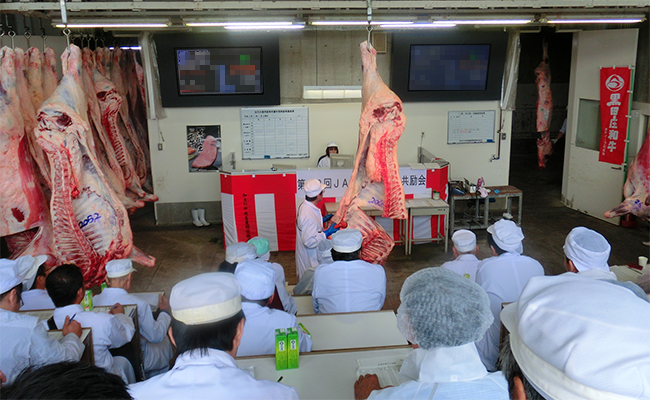
The Wagyu Auction
Japanese Black Wagyu Breeding System
Proper nutrition management is essential to produce beef that meets the requirements of the Japanese beef market. A nutrition management plan must take into account many factors, including growth speed, feed efficiency, health, animal welfare, disease resistance and muscle fat accumulation. In Japan, animals are raised in enclosures, using a standard system of marble beef production.
Every prefecture in Japan has a recommended system for fattening. Japanese black cattle are typically fed a highly concentrated diet from 11 to 30 months of age to induce more intramuscular fat accumulation, which is the most important goal for Japanese black cattle farmers. Especially during fattening, the most common method of fattening is to provide as much concentrate as possible and straw at will. In general, cows eat high-energy food two to three times a day from the age of 11 months until they are slaughtered at 28 to 30 months. During the 11-18 months of age, the content of concentrate (formula feed 36.8% ~ 86.4%) in the diet increased, while the content of roux (beer bran, hay, straw) decreased. From the age of 18 months to the final stage of slaughter, the diet contains 86.4 to 84.2 per cent concentrate and 13.6 to 15.8 per cent crude. All cattle have regular access to water and rocks containing minerals, salts and diuretics. During the period of fattening, the total consumption of feed is generally 4000 ~ 5000 kg/head, more than 90% of the concentrate used for fattening Japanese black cattle is imported.
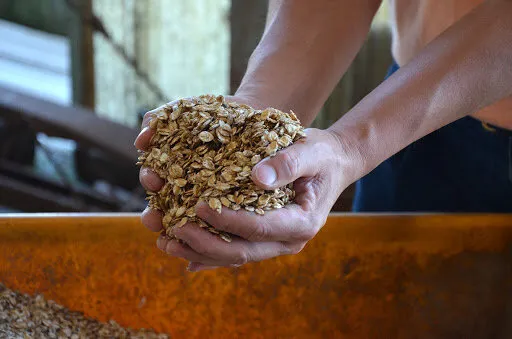
In recent years, Japanese farmers have considered controlling vitamin A levels to improve the marbling of Japanese black cattle during fowing. Vitamin A derivatives (retinoids) play A key role in mammalian development and cell differentiation. In most cases, retinoic acid impairs adipocyte differentiation. Oka and Nade demonstrated the effect of vitamin A on the quality of Japanese black beef meat. They suggest that regulating serum vitamin A concentrations can produce higher marbling scores without increasing subcutaneous fat in animals with A genetic predisposition to marbling. At present, farmers keep vitamin A concentrations low only in the middle stages of fattening; At the end, low levels of vitamin A often cause severe liver disease and swelling.
There were outbreaks of bovine spongiform encephalopathy (BSE) in September 2001, and foot-and-mouth disease (FMD) in 2000 and 2010. In recent years, Japan has been free of BSE and FMD. However, these early events caused huge economic losses and were suspected to be closely related to imported feed. In Japan, animal protein has been banned as livestock feed since 2003. With regard to mad cow disease, Japan started to establish a traceability system in beef production in 2004, and has done a better job in beef production safety management. Japan's farming system needs to be transformed into a more efficient system that provides better management for farmers, better food safety for consumers and a healthier environment for residents.
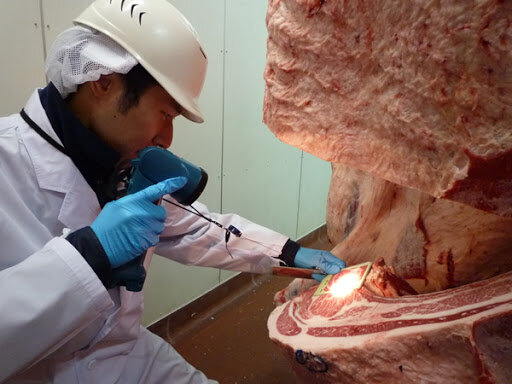
Image Source: jmga.or.jp
Japanese Wagyu Grading System
The carcasses of Japanese black cattle and most other Japanese cattle breeds are assessed according to the beef carcasses grading standards by qualified graders from the Japan Meat Grading Association (JMGA). There are nearly 200 accredited rating agencies in Japan. The current grading system, which was first established in 1988, is Yield Grades (A, B or C) and meat Quality Grades (1 to 5). All beef carcasses in Japan are graded with a sixth to seventh rib at least 1 hour after ribbing. The color and brightness of the meat; The hardness and texture of meat; The color, gloss, and quality of the fat. The meat was then rated according to the lowest rating of the four items.
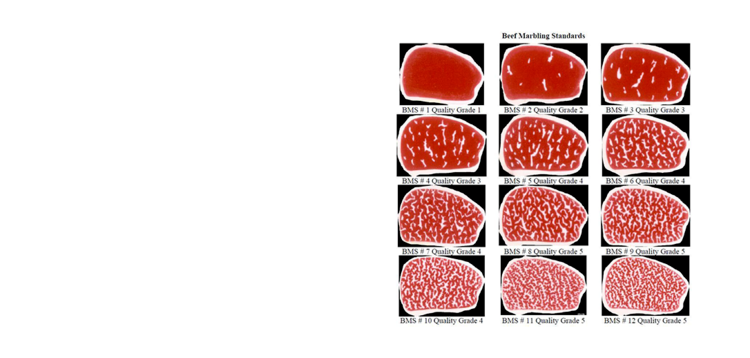
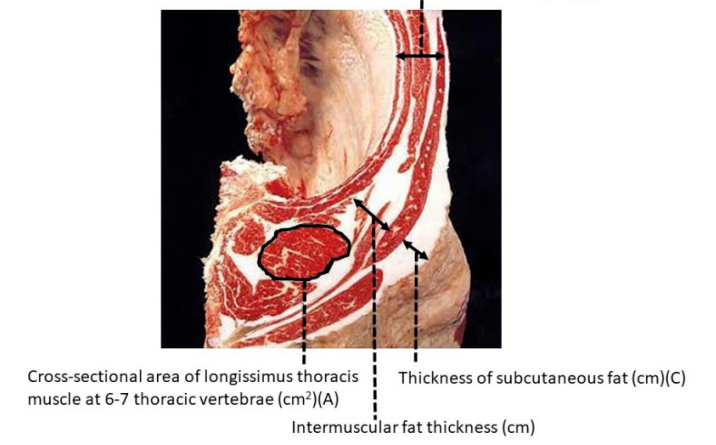
In 1988, according to the beef Marbling Standard (BMS), marbling was graded using plastic models made of silicone. This criterion was calculated based on the circumference of the rib eye section (longus dorsi) and the percentage of marbling granules. In October 2008, a new marbling standard for the use of carcass photographs replaced the 1988 standard, and in March 2014, a new marbling standard was introduced. The grader determines the BMS score (on a scale of 1 to 12) by comparing actual animal marbling with standard marbling photographs. During this process, according to the Japanese grading system, any large fat areas around the rib eye are not considered marbling. On the market, from 1988 to 2004, intramuscular fat content in the 6th to 7th lumbar thoracolumbar longus muscle evaluated increased dramatically. As a result, the grading association was forced to make further changes to the marbling standard in 2014.
Nutrition and health of Wagyu
The 26-month-old waggons were made up of 47.7% muscle, 41.7% fat and 10.6% bone, the highest levels of fat compared with the carcages of Belgian blue, Holstein and German Angus (although there was no real correlation between Belgian blue and marble beef production). The average percentages of moisture, crude fat, and crude protein were 47.1%±5.8%, 38.4%±7.7%, and 13.9%±1.9%, respectively, in the samples of conventionally fattened beef (n = 65) (National Center for Animal Husbandry and Breeding, unpublished data). Longissimus muscle contains about 13% crude protein, 40% crude fat and 47% water.
Beef is an important source of protein and plays an important role in human health, including maintaining the elasticity of blood vessels and preventing cerebrovascular diseases. Adequate protein intake also strengthens our immune system. If a person lacks protein, they are prone to anaemia, lose their ability to fight disease and are more vulnerable to stress. One thirtieth of the protein in our bodies is exchanged every day. Proteins formed in the body are made up of 20 amino acids that play an important role in the biological regulation necessary to prevent disease. Beef has an amino acid score of 100 because it contains all the essential amino acids. High-quality Japanese black beef contains all 9 essential amino acids, and the absorption rate of beef to protein is about 97%.

Image Source: Yahoo Japan
Zembayashi et al. studied the effects of breed and sex on the composition of lipid fatty acids in purebred Japanese black cattle, Holstein and heifer, as well as in hybrid Japanese black cattle, Holstein and brown cattle, charolais and intramusculature. They report that Japanese black cattle are genetically predisposed to produce animal lipids containing higher concentrations of monounsaturated fatty acids (MUFAs) than Holstein, Japanese brown and Charolais cattle. Sturdivant et al. also concluded that beef from purebred Wagyu cattle raised in Japan is rich in MUFAs. Gotoh et al. compared the intramuscular fatty acid composition of longtail muscles in 26-month-old Japanese black cattle and Holstein cattle. Although holstein cows are normally fattened for a short period of time (until they are only 20 to 22 months old), these cows are raised and fattened using a standard fattening system based on the traditional Japanese fattening system, which contains a lot of concentrate. The results showed that the content of unsaturated fatty acids in black cattle was higher than that in Holstein cattle. Gotoh et al. also compared the intramuscular fat content and intramuscular fatty acid composition of 21 major skeletal muscles from the same animal. Compared with Holstein cattle, Japanese black cattle had higher levels of various fatty acids, especially C16:1, C18:1, and C20:1, and higher levels of MUFAs (P <0.001). Recently, oleic acid (C18:1) has been shown to be associated with the aroma of beef and beef. The ratio of C18:0 and saturated fatty acid in Japanese black cattle was much lower than that in Holstein cattle (P <0.001).
High marbled texture and tender beef
Marbling (intramuscular fat) is decided to meat quality, especially one of the important factors that the texture and flavor of meat. Japanese black cattle are characterized by the accumulation of fat in their muscles. The results showed that after 20 months of age, the gluteus longus muscle shear strength decreased and the crude fat content increased rapidly. There was a significant negative correlation between the crude fat content and the shear force of 20-month-old Japanese black cattle. Therefore, a higher degree of marbling is closely related to meat tenderness.
Why is the marbled beef so tender? Nishimura et al. reported the structural changes of intramural connective tissue in Japanese black cattle during cell immersion and scanning electron microscopy during fertilization. At the early stage of development at the age of 9-20 months, the collagen fibers in the myofilm of the longtail muscle bind more tightly, the collagen fibers around the muscle become thicker, and the wavy shape becomes more regular. These changes are closely related to the increase in the mechanical strength of intramural connective tissue, resulting in the toughening of beef during this period. After 20 months of age, with the rapid increase of crude fat content, the shear force of gluteus longus decreases gradually. Scanning electron microscope (SEM) of longtail muscle of cattle at 32 months old showed that adipose tissue had formed between muscle fiber tracts, the cellular structure of myointima was partially broken, and the muscle circumference was separated into finer collagen fibers. By contrast, the semitendinosus muscle has a relatively low crude fat content, 32 months of age in which the structure within the intramural connective tissue remains rigid, and the value of the muscle's shear force increases from 20 to 32 months during the post-fattening period. The development of musculoskeletal adipose tissue seems to destroy the structure of intramuscular connective tissue, softening the high marbled beef obtained from Japanese black cattle.
The exceptional meat is not only because of its fancy name “Wagyu”, it is a different meat from others by the way it is raised and processed.
Have you tried Japanese A5 Wagyu yet?
